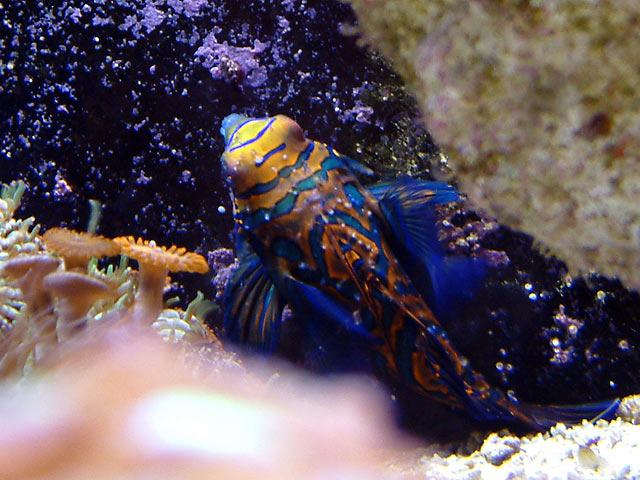Hawkeye said:nyaquatic said:the issue isn't the tank size, which is fine.
You have both a HOB filter and LR, both of which provide biological filtration.
He has neither, which is a problem.
nyaquatic said:That's ultimately the danger of the internet.
What's dangerous is you, a vendor coming here trying to undermine a member of our club. You need to take this off-line and do it privately.
How am I trying to undermine anyone?
Yes, Ryanpaul and I have a sepaate disagreement.
I gave him creit for the fish he lost and he wants a refund that he's not entitled to.
Separate issue.
He uses a QT system that is fundamentally flawed.
He asked for feedback, and I gave it without saying anything inflamatory.
But, I see how this club works.
I won't "follow" him anymore.
You guys can go back to your closed door bashing.


